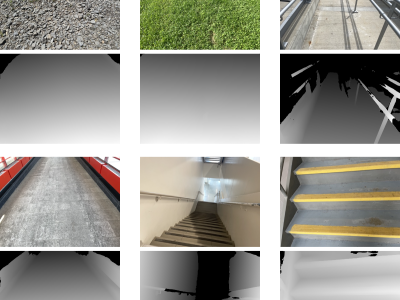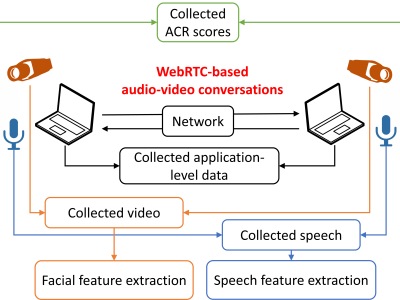
An understanding of local walking context plays an important role in the analysis of gait in humans and in the high level control systems of robotic prostheses. Laboratory analysis on its own can constrain the ability of researchers to properly assess clinical gait in patients and robotic prostheses to function well in many contexts, therefore study in diverse walking environments is warranted. A ground-truth understanding of the walking terrain is traditionally identified from simple visual data.
- Categories:








